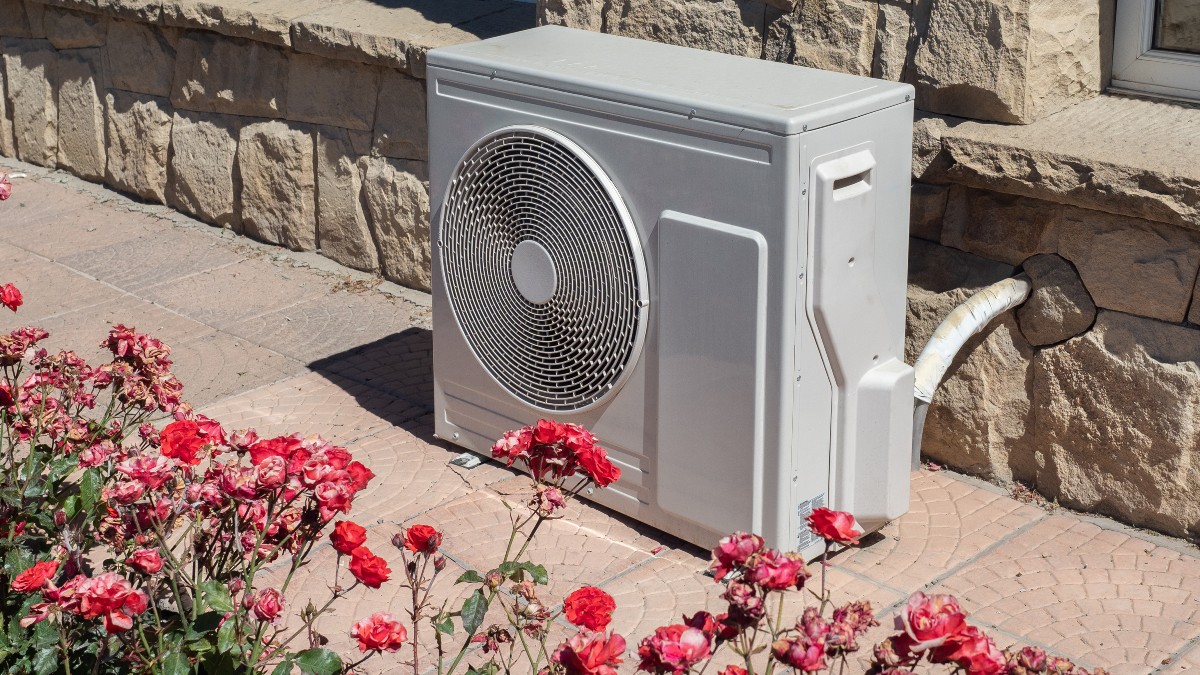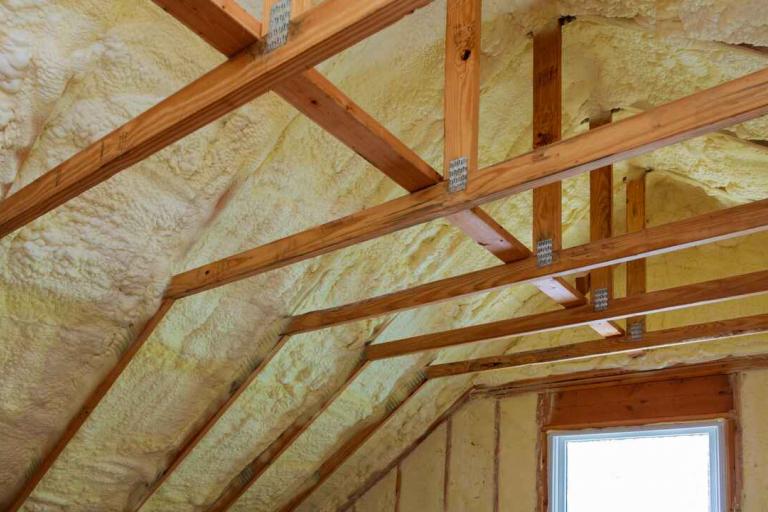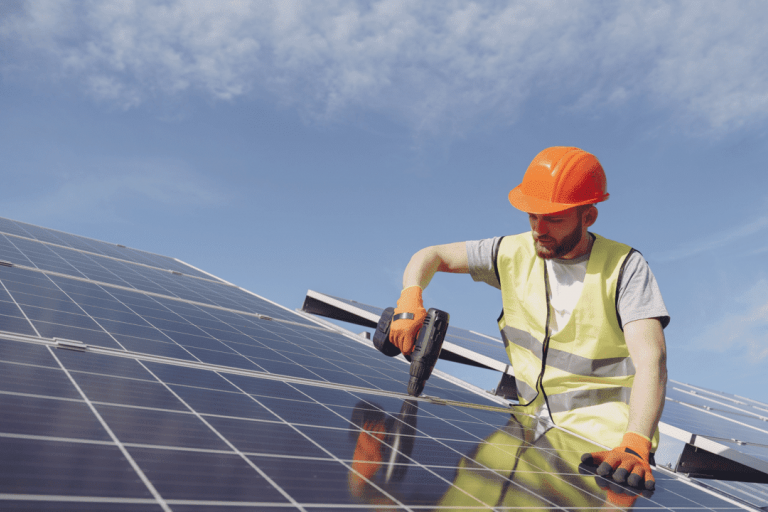The Basics of Retrofitting

What is Retrofitting?
Our homes can be improved to make them more energy efficient. We call this 'retrofitting', and it’s designed to make it easier, cheaper and more environmentally friendly to keep your home warm in the colder months. Retrofitting should also keep your home cooler in hot weather, which is worth noting as the climate heats up and our summers get hotter!Retrofitting often involves improving insulation, as well as installing renewable or low-carbon energy technologies such as solar panels or heat pumps.
What are the benefits of retrofitting?
- Makes your home more energy efficient, meaning it will be warmer, cheaper to run and less draughty.
- While there are upfront costs, energy efficiency improvements will save you money over their lifetime.
- Improves the Energy Performance Certificate (EPC) rating of your home, which is likely to increase its value.
- Reduces the CO2 emissions of your home, helping to tackle climate change.
Why do we need to retrofit our homes?
Many of our homes were built before the highly energy efficient materials and technologies available today were developed. Even new homes often aren’t as energy efficient as they could be.
Home heating accounts for 21% of a household’s carbon footprint and a large proportion of bills. And when we warm our homes, 25% of the heat generated can be lost through the roof and 35% through the walls in an average home.
So, it’s important to look at how we can improve our homes to make the best use of energy we do use – and use energy from sustainable sources wherever possible.
What does retrofitting your home involve?
The best way to reduce energy use, bills and carbon emissions from your home is to start with the materials that your home is made from (the 'fabric'), and then move on to how you use energy in your home:
1 – Insulation
Start with improving insulation, to prevent heat escaping. Heat can leak through walls, roofs, windows and even the floors of your home. This can be reduced by installing cavity wall, loft and underfloor insulation, replacement windows and draughtproofing.

2 – Low carbon heating and renewable energy
Once your home is properly insulated, the next step is to replace fossil fuel heating and hot water systems with a renewable source of heat, such as an air source heat pump, and to install solar Photo Voltaic (PV) panels on the roof to provide a sustainable source of energy for the property.

Where do I start?
You may be eligible for grant assistance with all or part of your retrofit project. Oxfordshire County Council offers the Home Upgrade Grant and other help is available, see the yellow box below.
The first step is to look at how energy efficient your home currently is, so that you can see which improvements would have the most impact.
If your home has had an Energy Performance Certificate (EPC) survey in the last 10 years, you should be able to find it online. This rates the energy efficiency and environmental impact of your home and gives you suggestions of how to improve it.
You can also use Cosy Homes Oxfordshire’s free online tool called Plan Builder to give an overview of the retrofitting measures which might be suitable for your home, including the approximate costs, potential fuel and CO2 savings, and recommendations for which order they should be completed in.
The most accurate way to evaluate your home’s energy efficiency is to employ an expert to conduct a detailed home assessment and create a whole house plan. They'll be able to tell you the best ways to improve your home, the best order to do them in and how much it is likely to cost. Cosy Homes Oxfordshire offers this service for approximately £400, depending on the size of your home.
Even if you think you know which improvements you would like to make, it may be worth getting some expert advice as some technologies my not work well in your home without some other improvements being made first. Installing retrofit measures in the correct order is very important to make sure they work as well as possible and to avoid any unintended negative consequences.
Once you know which improvements you want to make, you can appoint an installer. When looking for a reliable contractor it’s always advisable to get several quotes, ask friends and family for recommendations and consider a Trading Standards approved trader, from the Buy with Confidence scheme.
For renewable energy installations in particular, make sure that they are MCS (Microgeneration Certification Scheme) accredited – this is one of the eligibility requirements to receive a government grant for the Boiler Upgrade Scheme.
Retrofit companies are in high demand so they may have waiting lists.
How much does retrofitting cost?
The cost of retrofitting varies widely depending on what measures you are installing and the characteristics of your home.
Retrofitting is likely to add value to your home and will save you money over the long term from reduced bills, but it will take years to make back the upfront costs. You should consider how long you are likely to be living in your home to decide whether it is worth investing.
Help with the costs
There are grants and loans available to help cover the upfront costs of retrofitting measures:
South Oxfordshire District Council has energy saving grants available for its residents.
Vale of White Horse District Council has energy saving grants available for its residents.
Oxford City Council has this information on energy saving grants on its website.
Cherwell District Council has information on energy efficiency grants.
West Oxfordshire District Council has this page on energy saving grants
The government is offering grants of £7,500 off the cost of a heat pump or biomass boiler – find out if you’re eligible on GOV.UK.
If your home has a low energy efficiency rating (EPC D or below) and your household income is £39K or less or you’re in receipt of means-tested benefits, you may be eligible for government funded retrofit measures for your home. You can find out what's available in Oxfordshire and register your interest on Oxfordshire County Council’s website